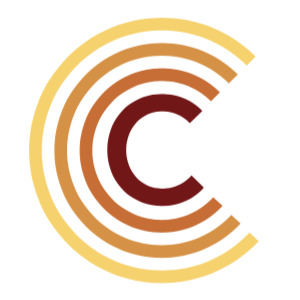Quick start guide for tsunami modeling¶
Warning
As with all of Clawpack, this code is provided as a research and teaching tool with no guarantee of suitability for any particular purpose, and no liability on the part of the authors. See the License for more details.
As always, the best way to get started is to copy a working example and modify it to do what you want. For example, you might start with $CLAW/geoclaw/examples/tsunami/chile2010.
If you clone the Clawpack Applications repository then there are two Jupyter notebooks that illustrate how to make some simple changes to the setup for this example, and lead you through some exercises:
$CLAW/apps/notebooks/geoclaw/chile2010a/chile2010a.ipynb
$CLAW/apps/notebooks/geoclaw/chile2010b/chile2010b.ipynb
To work with Topography data data and Earthquake sources: Fault slip and the Okada model, see also the tutorials
$CLAW/apps/notebooks/geoclaw/topotools_examples.ipynb
$CLAW/apps/notebooks/geoclaw/dtopotools_examples.ipynb
$CLAW/apps/notebooks/geoclaw/Okada.ipynb
These are also visible online, see notebooks.
